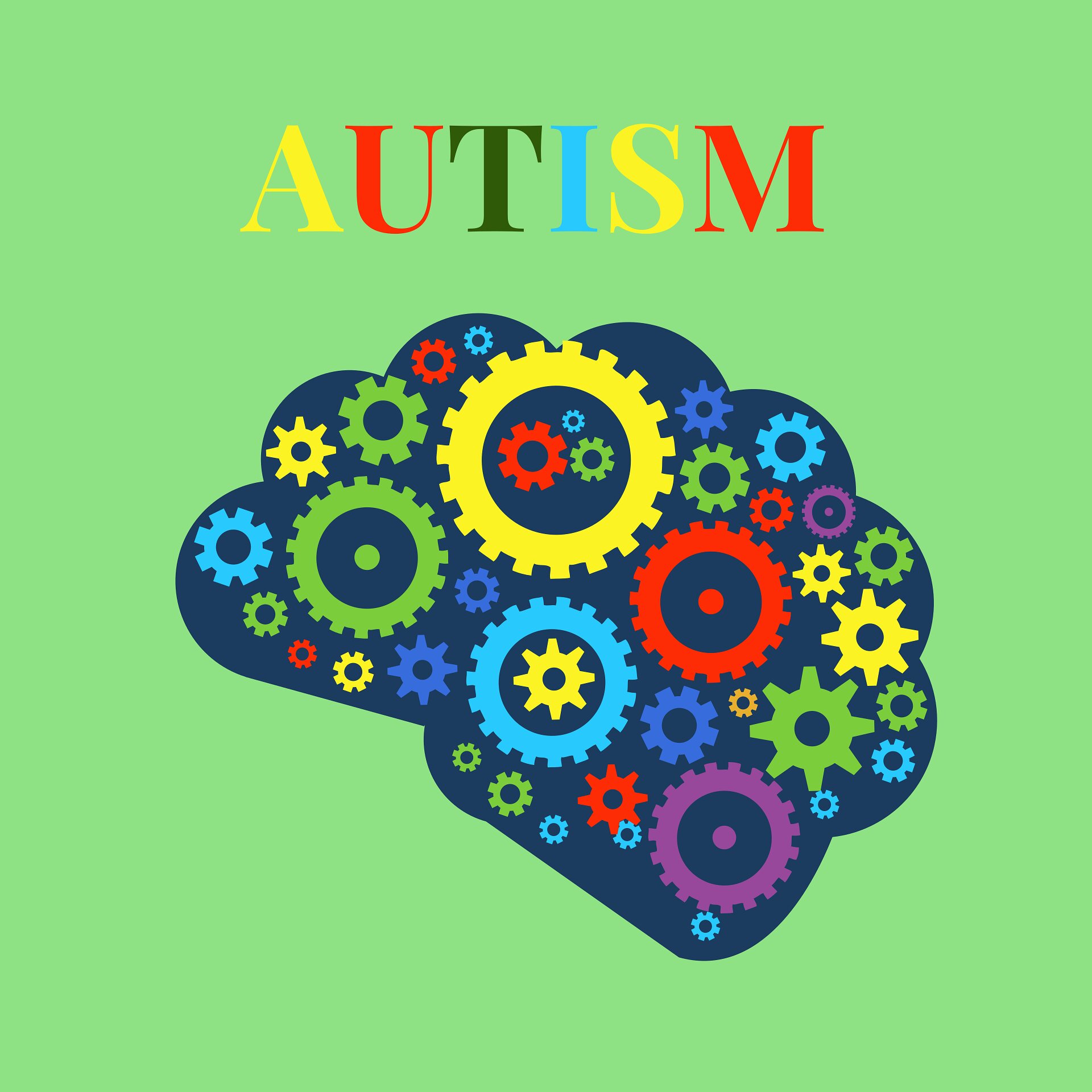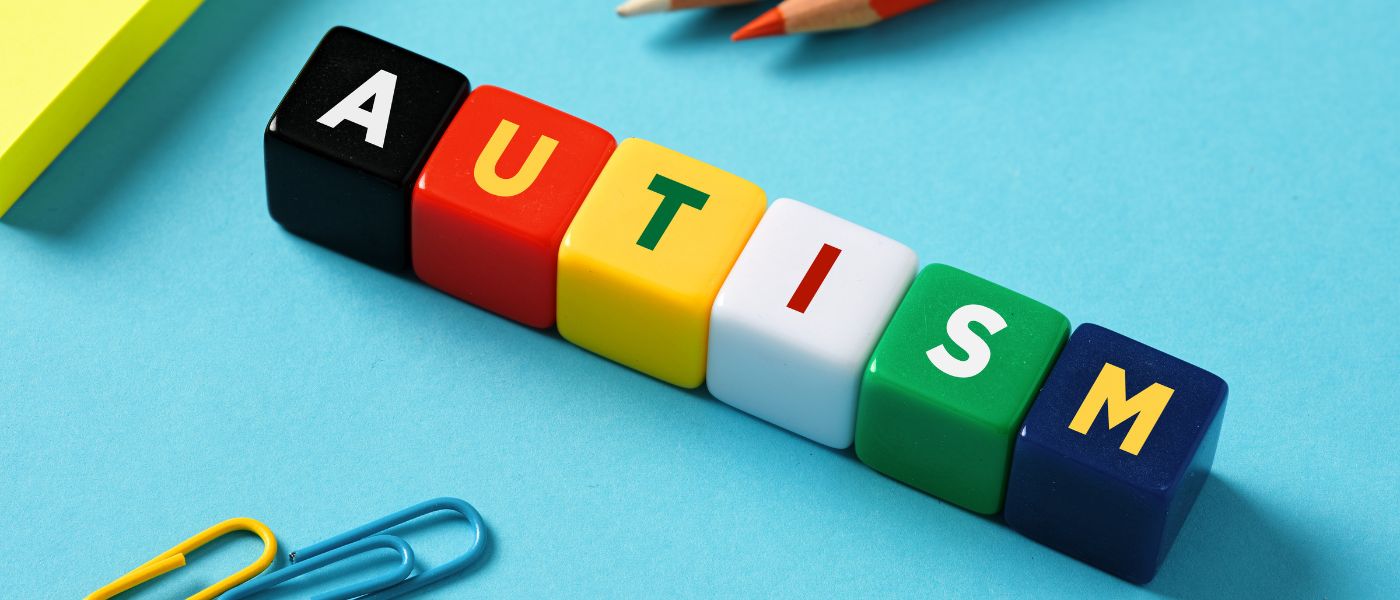Exactly How to Interact Efficiently with Loved Ones on the Autism Spectrum
Exactly How to Interact Efficiently with Loved Ones on the Autism Spectrum
Blog Article
Comprehending Autism: A Comprehensive Overview to Signs And Symptoms and indications
Autism Spectrum Condition (ASD) encompasses a vast variety of characteristics that can dramatically impact an individual's social communications and everyday performance. Acknowledging the symptoms and signs, such as obstacles with eye get in touch with, social interaction difficulties, and sensory level of sensitivities, is essential for very early intervention. Comprehending these subtleties not only aids caretakers and educators in supplying appropriate support yet also promotes an extra inclusive atmosphere for people with ASD. As we explore the complexities of autism, it comes to be crucial to take into consideration how these indications show up in a different way throughout the range and what implications they hold for effective treatment approaches.
Introduction of Autism Range Problem
Specifying Autism Range Problem (ASD) entails recognizing it as a complex neurodevelopmental condition characterized by a range of challenges in social interaction, communication, and behavioral patterns. The term "range" mirrors the vast irregularity in signs and symptoms and their extent, which can vary dramatically from one person to one more. ASD normally materializes in early childhood, although some individuals might not obtain a medical diagnosis up until later in life.
Factors affecting the growth of ASD consist of genetic predispositions and environmental variables, although the specific reasons stay under investigation. Medical diagnosis commonly depends on behavioral analyses, as there are no clear-cut medical examinations for ASD. Early treatment is important and can considerably boost results, concentrating on boosting interaction skills, social communications, and adaptive actions.
People with ASD may additionally display unique toughness, such as phenomenal interest to detail or certain areas of knowledge. Understanding the diverse nature of ASD is important for cultivating an inclusive setting that fits neurodiversity. Proceeded research is essential for developing reliable interventions and support group, enabling people with ASD to thrive and meet their possible within society.
Usual Signs of Autism
Acknowledging the usual signs of Autism Range Problem (ASD) is important for very early identification and intervention. These indicators can differ widely in extent and presentation, however particular characteristics are often observed in people with ASD.
Among the most common indicators is a significant difficulty in keeping and establishing eye get in touch with. People might also display minimal passion in social interactions and show a preference for solitary play. Repeated actions, such as hand-flapping, shaking, or spinning objects, typically arise early in childhood years. In addition, some children might create rigorous routines and become distressed if these routines are disrupted.
Sensory sensitivities are likewise common; individuals may overreact or underreact to sensory stimulations, such as lights, textures, or sounds. autism. Language advancement can be atypical, with some kids displaying delayed speech or using language in uncommon methods, including echolalia-- repeating expressions or sentences listened to somewhere else
It is vital to keep in mind that not every individual with ASD will present all these indicators, and the degree of these behaviors can vary dramatically. Early acknowledgment enables prompt assistance and resources, enhancing the top quality of life for those on the spectrum.
Social Communication Obstacles
Social communication challenges are a characteristic of Autism Spectrum Disorder (ASD), influencing an individual's capacity to involve efficiently with others. These troubles can materialize in various means, including obstacles in starting and maintaining discussions, understanding social signs, and responding suitably in social interactions.
People with ASD may battle with nonverbal communication, such as eye call, faces, and body movement. This can result in misconceptions, as their communicative intent may not be appropriately interpreted by others. In addition, they may discover it difficult to comprehend the nuances of tone and context, best site which are necessary for effective communication.
In team settings, individuals with ASD may feel overloaded and might not know exactly how to sign up their explanation with in conversations (autism). They may additionally exhibit atypical conversational patterns, such as monologuing regarding details interests without acknowledging social reciprocity
In addition, these challenges can result in social isolation or troubles in creating relationships, as peers may misinterpret their habits or interaction design. Understanding these social communication difficulties is vital for cultivating supportive environments that promote social skills advancement and improve the top quality of communications for people on the autism range.
Sensory Level Of Sensitivities and Responses
Numerous individuals with Autism Spectrum Condition (ASD) experience increased sensory sensitivities that can substantially affect their lives. These level of sensitivities might materialize as over-responsiveness or under-responsiveness to sensory stimuli, including audios, lights, appearances, preferences, and scents. An individual with ASD might discover everyday noises, such as a vacuum cleanser or crowded settings, overwhelmingly upsetting, leading to anxiety or meltdowns. Alternatively, some might display an indifference to pain or severe temperature levels, which can present security concerns.
Sensory processing differences in people with ASD can also influence their capability to take part in social communications and routine tasks. A youngster who is delicate to touch may stand up to physical affection or prevent certain garments fabrics. Additionally, a preference for specific appearances or tastes can restrict dietary choices and develop difficulties throughout mealtimes.
Recognizing these sensory sensitivities is necessary for identifying the unique experiences of individuals with ASD. Understanding of their sensory profiles can promote far better interaction and assistance strategies, creating an atmosphere that fits their requirements and boosts their top quality of life. Inevitably, recognizing sensory sensitivities is a crucial element of comprehending the wider spectrum of autism.

Supporting Individuals With Autism
Reliable assistance for individuals with Autism Spectrum Problem (ASD) is crucial for improving their total well-being and promoting self-reliance. Assistance strategies ought to be customized to fulfill the distinct requirements of each person, considering their toughness and challenges.

Social skills training can also play a critical role. autism. Engaging individuals in group activities or role-playing situations can improve their capacity to browse social communications. In addition, it is vital to inform member of the family, caregivers, and peers regarding ASD to promote a comprehensive and helpful area
Verdict
By cultivating boosted interaction and social abilities, individuals with autism can browse their settings extra successfully. Ultimately, raised awareness and assistance can considerably boost the quality of life for those impacted by ASD.
Autism Range Disorder (ASD) incorporates a large range of attributes that can significantly influence an individual's social communications and day-to-day performance.Individuals with ASD may have a hard time with nonverbal communication, such as read this article eye get in touch with, face expressions, and body language.Lots of individuals with Autism Range Disorder (ASD) experience increased sensory sensitivities that can substantially impact their day-to-day lives.Sensory processing differences in people with ASD can also influence their ability to involve in routine activities and social communications.Understanding these sensory level of sensitivities is important for acknowledging the unique experiences of individuals with ASD.
Report this page